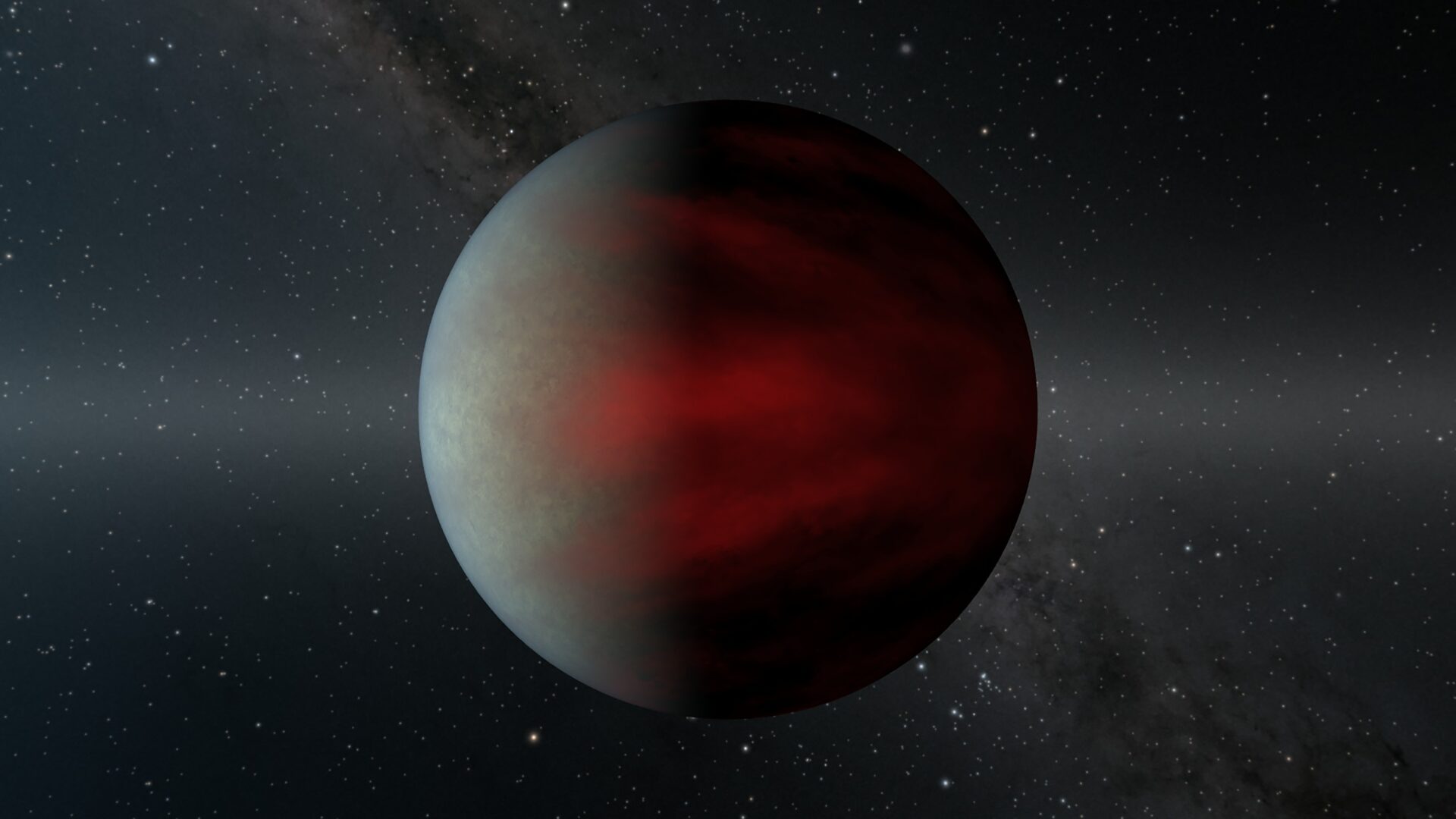This week, the whole world saw for the first time the first color photographs taken by the powerful James Webb Telescope. Among the first objects that JWST investigated were nebulae, galaxies and a deep section of the universe. Meanwhile, among the studied objects was an exoplanet, but without a beautiful photo, only its spectrum. These data are no less important for science. NASA has reported that the space telescope has detected a “clear trace of water” on the nebulous exoplanet WASP-96 b 1,150 light-years away.

To identify “indicators of life” on distant planets – molecules of water, methane and carbon dioxide – astronomers point a telescope at known exoplanets in our Milky Way galaxy and stare at their spectra. The light spectrum recorded by James Webb showed that WASP-96 b blocks light waves from water molecules – this means that water vapor is present in the clouds of the distant exoplanet. The NIRISS device recorded these detailed data in six hours of observations.
Unprecedented quality of observations
It is not the first time that water molecules have been found on WASP-96. But the capabilities of James Webb allow scientists to see these distant worlds with unprecedented quality.
“Water on this exoplanet was first discovered by Hubble in 2013. But a more detailed observation of JWST marks a giant leap forward in the search for characteristics of potentially habitable planets outside the Solar System,” NASA said.

In the first year of operation, James Webb will spend 25% of its time observing exoplanets. WASP-96 b was the first on this list. This planet does not look like Earth at all, because it belongs to the class of “hot Jupiters“. The atmosphere of the exoplanet is hotter than a pizza oven – 537 °C.
Planetary scientists are delighted with the data obtained. The capabilities of the telescope already show that they can find more incredible discoveries in other distant worlds in the future. Scientists plan to send a powerful telescope to Earth-like worlds. There may be more than a trillion exoplanets in our galaxy alone. But we know very little about them.
Recall that the livability of some planets may be determined by the configuration of the land.
Follow us on Twitter to get the most interesting space news in time
https://twitter.com/ust_magazine
